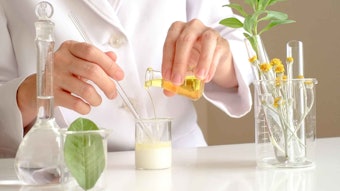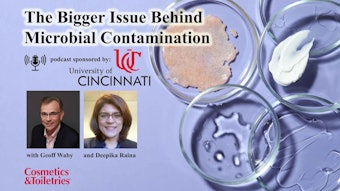Industry expert Anthony J. O'Lenick Jr. investigates the difference between an antimicrobial agent, a preservative and an antibiotic. He finds the answer on www.medterms.com.
An antimicrobial agent either kills or retards the growth of microbes. Antimicrobial agents that inhibit microbes have the suffix “static” added to their root, i.e. bacteriostatic, while agents that kill microbes have the suffix “cidal” added to their root, i.e. bactericidal. Antimicrobial agents include antibacterial, antiviral, antifungal and antiparisitic agents.
A preservative is a natural or synthetic chemical that is added to products such as foods, cosmetics or pharmaceuticals to prevent spoilage. Similar to antimicrobials, preservatives prevent the growth of molds, yeasts and bacteria. Preservatives serving as antioxidants keep products from becoming rancid, browning or developing black spots. Preservatives include BHT, BHA, sorbates, parabens and recently antibiotics.
Antibiotics are the products of microbes; in dilute solution, they inhibit or kill other organisms. Antimicrobial agents include antibiotics and synthetic compounds that have the same effect. Naturally occurring antibiotics may be modified to give semisynthetic derivatives. These often differ from their parent compound in their antimicrobial activity or their pharmacological properties. Antibiotics are selectively toxic, meaning that unlike chemical compounds such as strychnine and arsenic with high toxicity against all cells, antibiotics target microbes, have no or few side effects and have high effective target activity.










